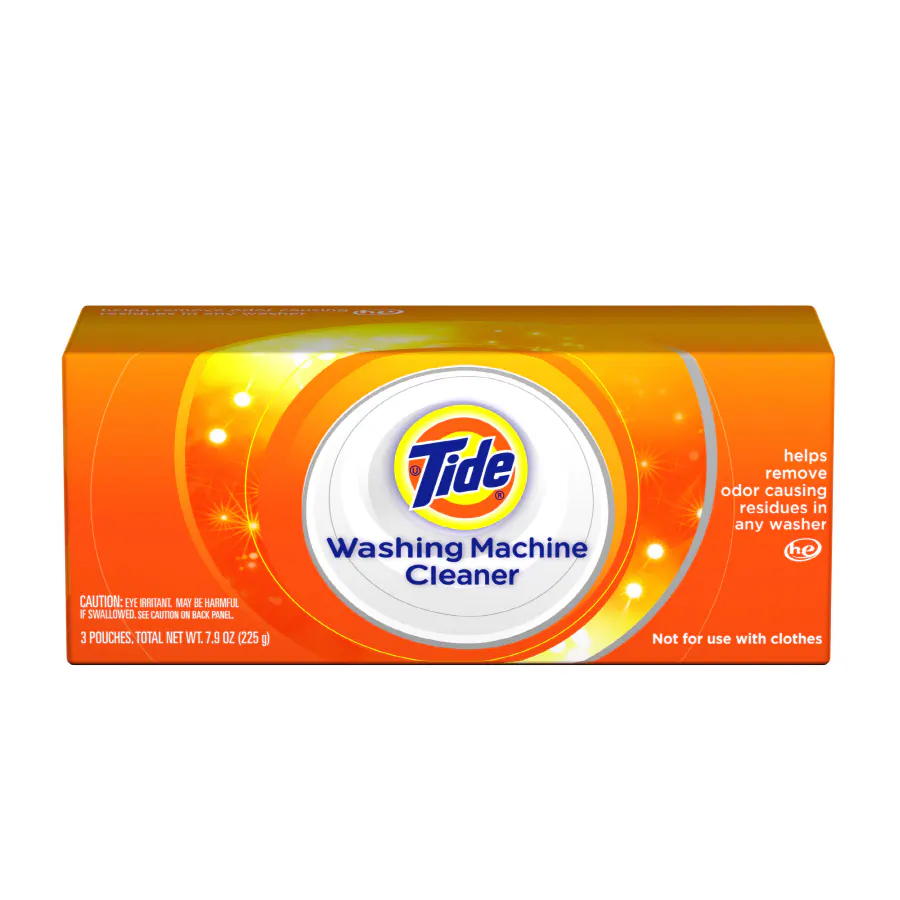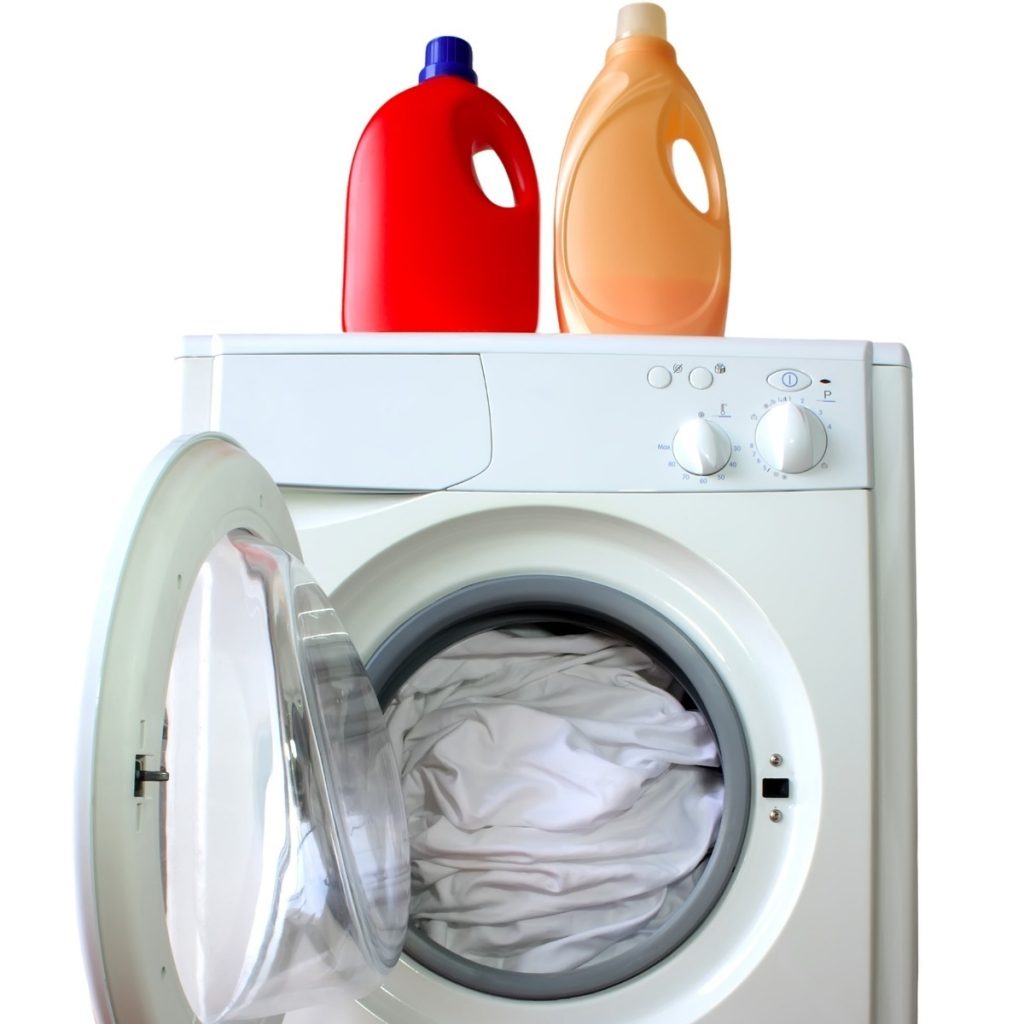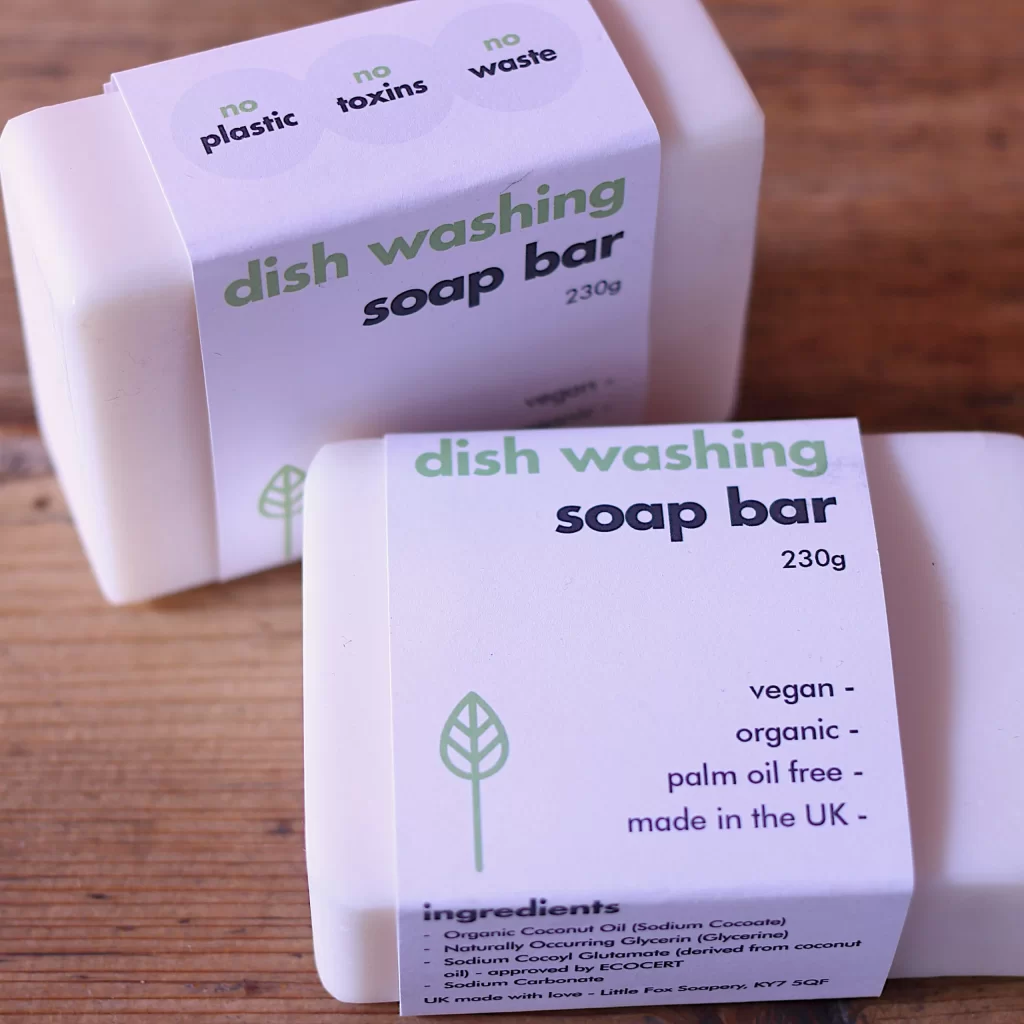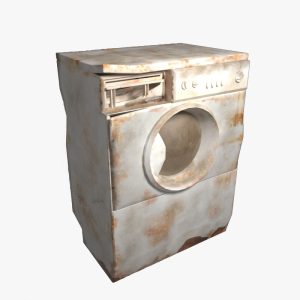What Happens if You Use Too Much Soap in Washing Machine?
Using a washing machine is part of many people’s regular household routine. However, the simple task of adding detergent can sometimes become problematic if you use too much. Excess soap in your washing machine can lead to a range of issues, from ineffective cleaning to potential damage to the appliance. Understanding what happens if you use too much soap in washing machine is crucial for maintaining its efficiency and prolonging its life. This comprehensive guide will explore the consequences of using too much detergent, how to diagnose the issue, and the best ways to fix and prevent it. Keep reading to ensure you’re using the right amount of soap for optimal washing machine performance.
Immediate Effects of Excess Soap
When too much soap is used in a washing machine, several immediate effects can be observed. Recognizing these signs can help you take prompt action.
- Excess Suds: An abundance of suds is a clear indicator of excessive detergent use. These suds can overflow from the drum and even leak out of the machine.
- Longer Rinsing Time: Excess soap requires more water and time to rinse out completely. You might notice the machine taking longer to complete the rinse cycle.
- Residue on Clothes: Clothes may come out feeling sticky or with visible soap residue, indicating that the detergent was not fully rinsed out.
- Odor: Excess detergent can cause a musty, damp smell in your clothes and the washing machine due to the buildup of soap residue and bacteria.
Identifying these immediate effects allows for quick intervention to prevent more severe issues.
Impact on Washing Machine Performance
Using too much soap in your washing machine can degrade its performance over time and lead to more significant problems.
- Decreased Cleaning Efficiency: Paradoxically, too much soap can actually hinder the cleaning process. Excess suds can trap soils and prevent them from being washed away.
- Mechanical Strain: The washing machine motor and pumps have to work harder to manage the excessive suds and rinse out the extra soap, leading to increased wear and potential mechanical failure.
- Sensor Errors: Modern washing machines use sensors to detect water levels and suds. Excessive suds can confuse these sensors, causing errors and disrupting cycles.
- Water Leakage: Overflowing suds can lead to water damage by leaking out of the machine, potentially damaging surrounding areas or floors.
Recognizing the impact on performance highlights the importance of using the correct amount of detergent.
Diagnosing the Problem
Knowing how to diagnose the problem of excess soap in your washing machine is crucial for effective resolution.
- Observing Cycle Length: If wash cycles seem longer than usual, it’s a sign that the machine is struggling to rinse out excess detergent.
- Spot Testing: Check a piece of washed clothing for residue. Wet it again and see if suds appear. If so, too much soap was likely used.
- Smell Test: Musty odors emanating from the washing machine or freshly washed clothes indicate lingering detergent and buildup.
- Visual Inspection: Inspect the drum and detergent drawer. Excess soap can leave visible sludge or residue inside the machine parts.
Proper diagnosis helps in addressing the problem effectively and preventing future occurrences.
Immediate Steps to Address Excess Soap
When you realize you’ve used too much soap, taking immediate action can mitigate the issue.
- Rinse Cycle: Run an additional rinse cycle without adding any detergent to help remove excess soap from the clothes and the machine.
- Vinegar Solution: Add a cup of white vinegar to the rinse cycle. Vinegar helps break down soap residue and neutralize odors.
- Wipe Down the Machine: Use a damp cloth to wipe down the interior of the washing machine, including the drum and rubber seals, to remove suds and residue.
- Empty Load Spin Cycle: Run an empty load with just water to rinse out any remaining soap from the previous wash.
These immediate steps can effectively reduce soap buildup and restore the washing machine’s efficiency.
Long-term Effects of Excess Soap
Continually using too much soap can result in long-term damage to both your washing machine and laundry.
- Mold and Mildew: Soap scum can create a breeding ground for mold and mildew in the drum and detergent drawer, posing health risks and causing unpleasant odors.
- Drainage Issues: Soap residue can clog the washing machine’s drainage system, leading to inefficient draining and potential water damage.
- Increased Wear: The mechanical components, such as the motor, belts, and pumps, can wear out faster due to the strain of dealing with excessive suds over time.
- Higher Utility Bills: The washing machine may use more water and electricity to compensate for over-sudsing, leading to higher utility bills.
Understanding the long-term effects underscores the necessity of using the correct detergent quantity.
Preventing Excess Soap Usage
Prevention is always better than cure. Adopting best practices for detergent can help prevent excess soap in your washing machine.
- Follow Manufacturer Guidelines: Use the detergent amount recommended by your washing machine’s manufacturer, typically stated in the user manual.
- Measure Detergent: Always measure the detergent using a scoop or measurement cup instead of eye-balling it to ensure the correct amount is used.
- High-Efficiency Detergent: For high-efficiency (HE) washing machines, use HE detergents that are formulated to produce fewer suds.
- Load Size Consideration: Adjust detergent quantity based on the load size. Oversize loads may need slightly more detergent, while smaller loads require less.
Adhering to these preventative measures helps maintain the washing machine’s performance and extends its lifespan.
Cleaning Soap Residue
Periodic cleaning of soap residue from the washing machine can prevent buildup and help it run more efficiently.
- Vinegar and Baking Soda: Run an empty hot water cycle with a cup of vinegar and half a cup of baking soda to clean soap scum and deodorize the machine.
- Commercial Cleaners: Use a washing machine cleaner, following the product instructions. These cleaners are formulated to tackle soap residue and buildup.
- Scrubbing Internal Parts: Manually clean parts like the detergent drawer, rubber gasket, and drum with a cloth and mild detergent to remove soap scum and prevent mold.
- Monthly Maintenance: Integrate these cleaning practices into a monthly maintenance routine to keep the washing machine in top condition.
Regular cleaning prevents soap residue buildup and ensures your washing machine runs smoothly.
Handling Soap-Related Laundry Issues
If your laundry is experiencing issues due to excess soap, there are specific steps to address and resolve them.
- Pre-Washing Clothes: Pre-wash heavily soiled clothes by hand to reduce the need for excessive detergent during the machine wash.
- Over-Sudsing Control: Use a smaller amount of detergent and consider using a fabric softener during the rinse cycle to help break down leftover soap.
- Spot Cleaning: For clothes with noticeable soap residue, rinse them thoroughly by hand or run an additional rinse cycle in the machine.
- Fabric Softener Usage: Introducing fabric softeners can sometimes help in breaking down soap suds, leading to less residue on clothes.
Following these steps helps maintain the quality of your laundry and ensures they are free from soap residue.
 Choosing the Right Detergent
Choosing the Right Detergent
Selecting the right detergent type and quantity is essential for optimal washing machine performance.
- HE Detergent: Use High-Efficiency (HE) detergents specifically formulated for HE machines to prevent excess suds.
- Liquid vs. Powder: Liquid detergents typically dissolve better than powder detergents, reducing the risk of residue buildup.
- Eco-Friendly Options: Consider using eco-friendly detergents that are gentle on clothes, the machine, and the environment.
- Concentrated Detergents: Opt for concentrated detergents in smaller quantities for efficient cleaning without excess suds.
Choosing the right detergent ensures effective cleaning and minimizes the risk of excess soap issues.
Professional Help and Maintenance
When self-help measures are insufficient, seeking professional help ensures thorough resolution of soap-related issues.
- Professional Cleaning: Professional cleaning services can deep-clean your washing machine, removing embedded soap scum and ensuring no harmful buildup.
- Regular Servicing: Schedule regular maintenance checks with professionals to ensure all components of your washing machine are in good working order.
- Replacement Parts: If excess soap has caused damage to parts, professionals can identify and replace them to restore efficient operation.
- Expert Advice: Get professional advice on best practices for detergent use and general washing machine maintenance.
Professional intervention ensures comprehensive care and maintenance of your washing machine.
Educating Household Members
Educating everyone in the household on proper detergent usage ensures long-term adherence to best practices, preventing excess soap issues.
- Instruction Manual: Keep the washing machine’s instruction manual accessible for reference on proper detergent usage.
- Demonstrations: Conduct a demonstration for all household members on measuring and adding the correct detergent quantity.
- Reminder Notes: Place reminder notes or stickers near the washing machine to reinforce the correct amount of detergent to use.
- Encourage Communication: Encourage household members to communicate if they notice issues like excess suds or prolonged cycles, ensuring prompt resolution.
Conclusion
Understanding what happens if you use too much soap in washing machine is crucial for maintaining its efficiency, prolonging its lifespan, and ensuring optimal laundry results. From identifying immediate effects and diagnosing problems to implementing preventive measures, this comprehensive guide covers all aspects of handling excess detergent. Regular maintenance, proper detergent selection, and educating household members further ensure ongoing optimal performance of your washing machine. By following these guidelines, you can prevent the issues associated with using too much soap and achieve the best laundry results. Happy washing!



